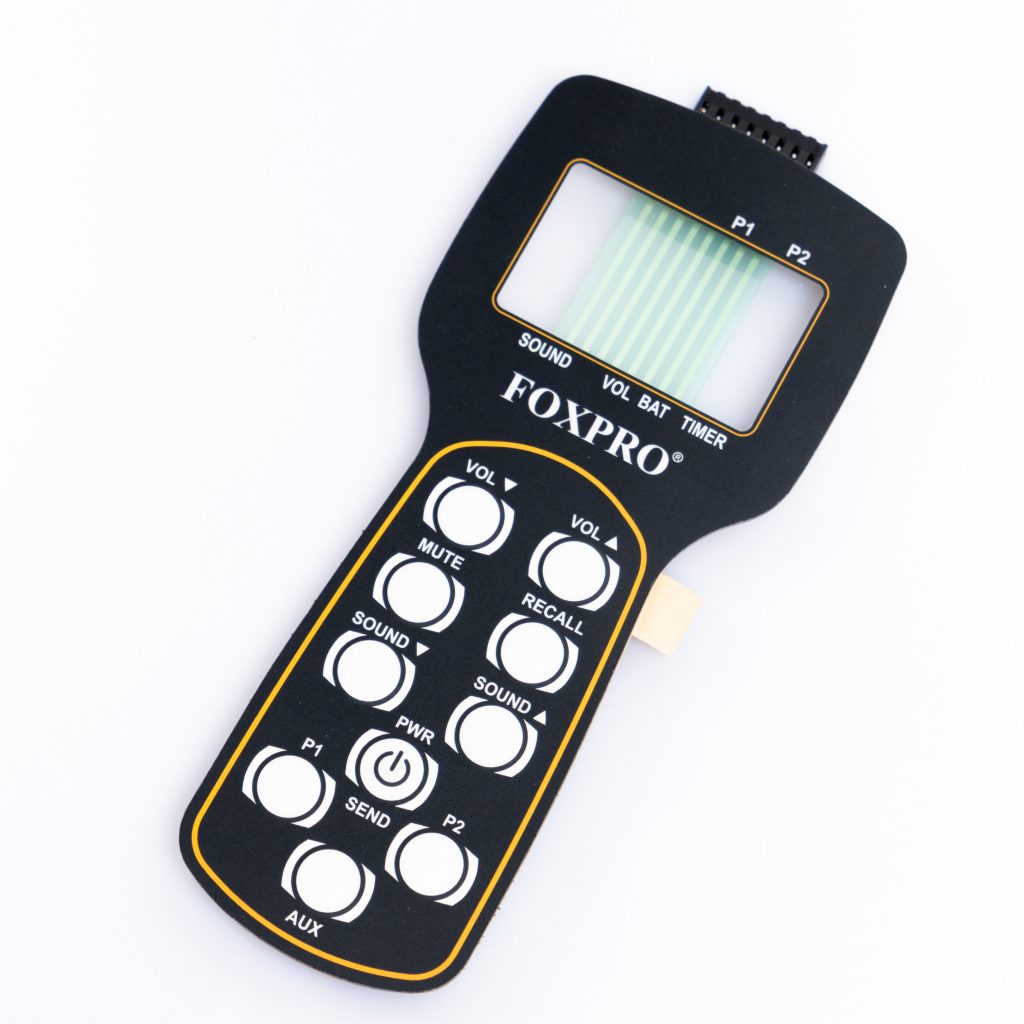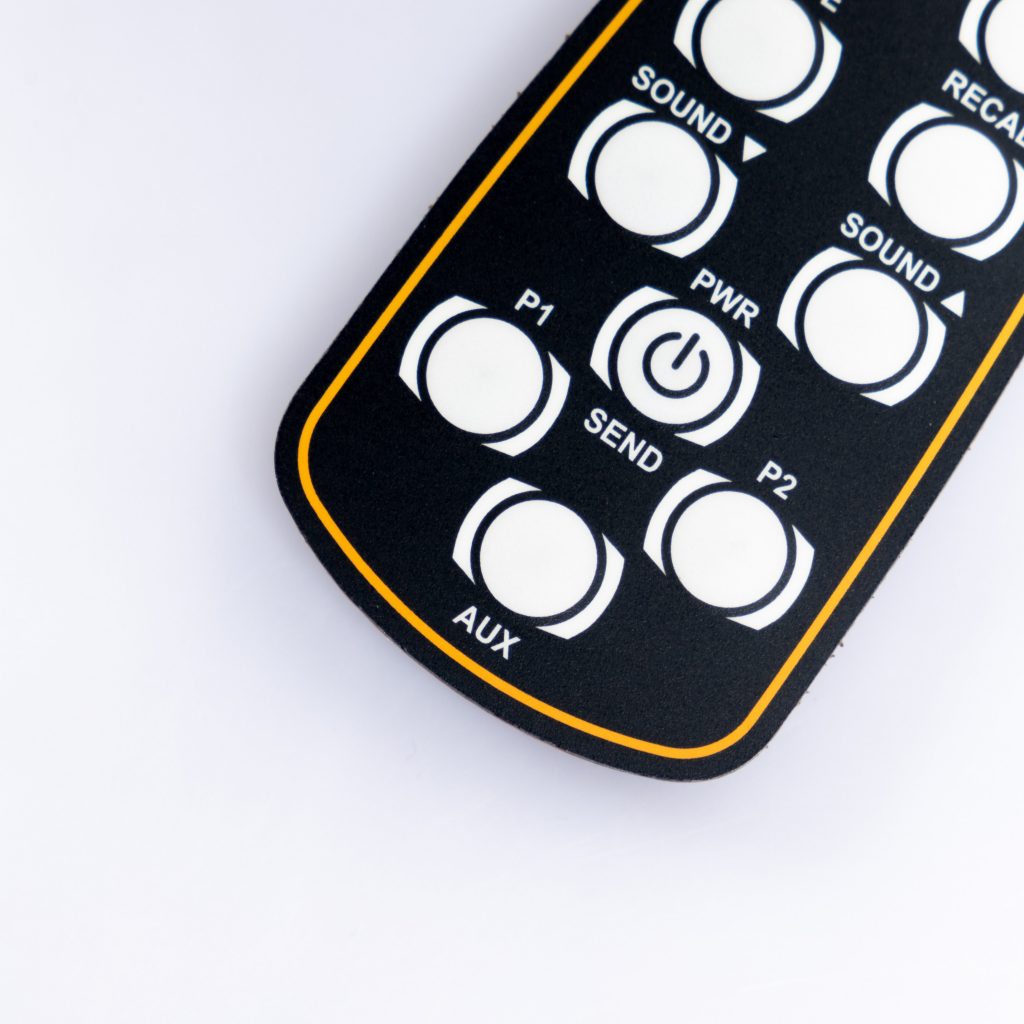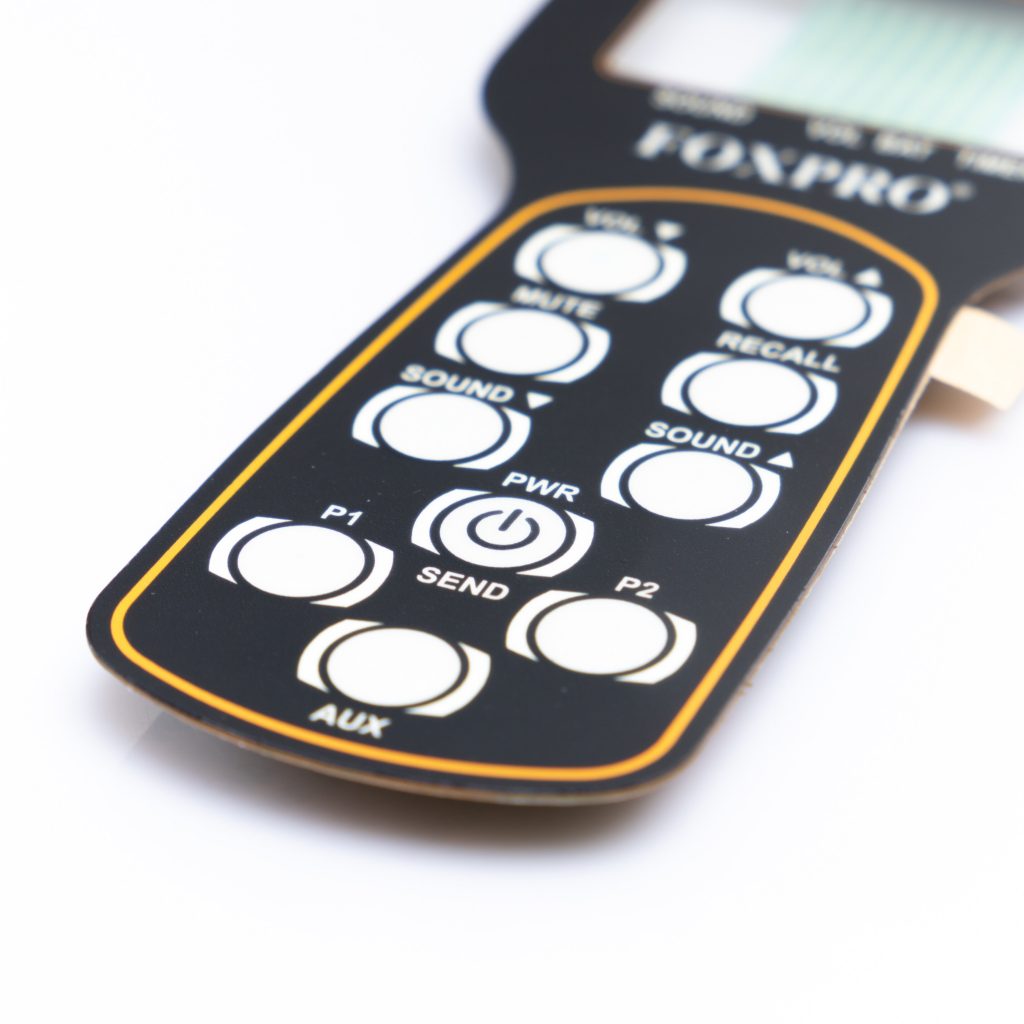Contact
Write to Us And We Would Be Happy to Advise You.
Do you have any questions, or would you like to speak directly with a representative?
By hqt
Welcome to this comprehensive guide on the technological requirements of graphic overlays. In today’s rapidly advancing digital world, graphic overlays play a crucial role in various industries, ranging from automotive to medical devices. These overlays serve as an interface between users and electronic equipment, providing important information and enhancing user experience. In this article, we will explore the key technological requirements of graphic overlays, their design considerations, manufacturing processes, and the materials involved. So, let’s dive in and discover the world of graphic overlays!



Before we delve into the technological requirements, let’s first understand what graphic overlays are. Graphic overlays are thin, flexible sheets made from durable materials such as polyester or polycarbonate. They are designed to be placed on top of electronic displays or control panels to provide users with information, instructions, or branding elements. These overlays often incorporate various features like buttons, switches, indicators, and graphic elements such as logos, icons, and labels.
To ensure optimal performance and longevity, graphic overlays must meet specific technological requirements. Let’s explore these requirements in detail:
Graphic overlays are exposed to a variety of environmental factors, including temperature fluctuations, humidity, and UV radiation. Therefore, they need to be highly durable and resistant to these elements. High-quality materials like polyester or polycarbonate with UV-resistant coatings are commonly used to enhance the durability of graphic overlays.
In certain applications, graphic overlays may come into contact with chemicals, such as cleaning agents or industrial solvents. It is crucial for overlays to have excellent chemical resistance to avoid damage or degradation. Specialized coatings or laminations can be applied to provide chemical resistance, ensuring the overlays maintain their integrity and functionality.
Graphic overlays often include transparent windows that allow users to view the underlying displays or indicators. Therefore, optical clarity is essential to ensure clear visibility and legibility of information. The materials used should have excellent light transmission properties and minimal distortion to provide a crisp and vibrant display.
As graphic overlays are frequently touched or operated, they must withstand daily wear and tear. Abrasion resistance is crucial to prevent the overlays from scratching, fading, or losing their tactile feel over time. Hard coatings or textured finishes can be applied to enhance the overlays’ resistance to abrasion, ensuring a long-lasting and visually appealing product.
One of the primary advantages of graphic overlays is their ability to be customized according to specific branding or functional requirements. Manufacturers must offer flexibility in design and manufacturing processes to accommodate unique shapes, sizes, colors, and graphics. This allows businesses to create overlays that align with their brand identity and user interface needs.
Graphic overlays need to securely adhere to the underlying surfaces without any risk of delamination or detachment. The adhesive system used should provide strong bonding while also allowing easy installation and removal if necessary. Different adhesive options, such as pressure-sensitive adhesives or specialized bonding methods, can be employed based on the application requirements.
Many electronic devices utilize backlighting to enhance visibility in low-light conditions. Graphic overlays must be compatible with backlighting technologies to ensure consistent illumination across the interface. Design considerations such as light diffusion, color vibrancy, and uniformity are important to achieve optimal backlighting performance.
Electromagnetic interference (EMI) and radio frequency interference (RFI) can adversely affect the performance of electronic equipment. Graphic overlays can incorporate conductive materials or coatings to provide EMI/RFI shielding, reducing the risk of interference and maintaining the overall integrity of the device.
Since graphic overlays are often applied to curved or irregular surfaces, they need to be flexible and conformable. This ensures proper adhesion and prevents any unwanted bubbling or wrinkling. Manufacturers employ advanced manufacturing techniques, including die-cutting or embossing, to create overlays that conform seamlessly to various surface geometries.
Different industries have specific regulatory requirements and standards that must be met. Graphic overlays used in industries such as healthcare or aerospace need to adhere to stringent regulations regarding safety, labeling, and chemical resistance. Manufacturers should have a thorough understanding of these requirements and provide overlays that meet the necessary compliance standards.
To create effective graphic overlays, several design considerations must be taken into account. Let’s explore some key factors that influence the design process:
Graphic overlays serve as the primary point of interaction between users and electronic equipment. The design should prioritize ergonomic considerations, ensuring ease of use, intuitive navigation, and clear communication of information. Elements such as button placement, iconography, and font legibility play a vital role in creating a user-friendly interface.
The choice of colors and contrast levels significantly impact the visual appeal and readability of graphic overlays. Careful selection of color schemes, including high contrast combinations, improves legibility and enhances the overall user experience. Designers should consider factors like color psychology, accessibility standards, and branding guidelines while creating visually engaging overlays.
Icons and symbols are widely used in graphic overlays to convey information quickly and intuitively. Designers must ensure the icons and symbols used are universally understood and effectively communicate the intended message. Attention to detail, simplicity, and consistency in iconography are essential to avoid confusion or misinterpretation.
Graphic overlays offer an opportunity to reinforce brand identity and aesthetics. They can incorporate logos, company names, or specific color schemes to create a cohesive visual representation of the brand. Designers must strike a balance between branding elements and functional requirements to achieve a visually appealing overlay without compromising usability.
In applications where users need to operate buttons or switches on the overlay, tactile feedback is crucial. Incorporating features like embossing, texture, or snap domes enhances the tactile feel, providing users with a satisfying and responsive experience. Designers should carefully consider the tactile requirements based on the specific user interface needs.
In a globalized world, many electronic devices are used in multiple countries and regions. Graphic overlays should be designed to accommodate different languages or localized versions. Adequate space for text translations, international symbols, and culturally appropriate graphics should be considered to ensure inclusivity and usability across diverse user groups.
The manufacturing processes involved in creating graphic overlays require precision, attention to detail, and advanced technology. Let’s explore some common manufacturing techniques:
Digital printing allows for high-resolution graphics, intricate details, and vibrant colors to be directly printed onto the overlay material. This process offers flexibility, quick turnaround times, and cost-effective production for smaller quantities or complex designs. The use of UV-curable inks ensures excellent durability and resistance to environmental factors.
Screen printing involves applying ink through a fine mesh screen onto the overlay material. This technique is ideal for larger production runs and can achieve high levels of opacity and color saturation. Screen printing provides excellent durability, resistance to abrasion, and precise registration of graphic elements.
Embossing and debossing create raised or recessed areas on the overlay surface, adding texture and enhancing tactile feedback. These processes are achieved by applying pressure and heat to the material, creating a three-dimensional effect. Embossing can be used for branding elements or highlighting specific areas, while debossing can be used for buttons or switches.
Die-cutting is used to precisely cut the overlay material into the desired shape and size. Specialized dies with sharp blades are used to ensure clean edges and accurate dimensions. This process is crucial, especially when overlays need to fit complex surface contours or accommodate buttons, switches, or indicators.
Lamination involves bonding multiple layers together to enhance durability, chemical resistance, or tactile properties. Different materials, adhesives, and coatings can be combined to create overlays that meet specific requirements. Lamination also allows for the incorporation of clear windows, backlighting elements, or printed graphics on the reverse side of the overlay.
Several materials are commonly used in the manufacturing of graphic overlays. Let’s explore some of these materials and their properties:
Polyester, also known as PET, is a widely used material for graphic overlays. It offers excellent durability, chemical resistance, and dimensional stability. PET overlays are highly transparent, ensuring optimal visibility of underlying displays. They can be printed, embossed, and die-cut with precision, making them suitable for various applications.
Polycarbonate overlays are known for their exceptional impact resistance and toughness. They can withstand harsh environments, including exposure to UV radiation, chemicals, or extreme temperatures. Polycarbonate provides excellent optical clarity, allowing for vibrant graphics and easy readability. It is a popular choice for applications that require high durability and resilience.
Acrylic overlays offer good optical clarity and scratch resistance. While not as durable as polyester or polycarbonate, acrylic is still suitable for applications with lower durability requirements. It is often used in situations where cost-effectiveness and ease of fabrication are prioritized.
Adhesive backings are an integral part of graphic overlays, providing the means to attach them to various surfaces. Pressure-sensitive adhesives (PSAs) are commonly used due to their ease of application, repositionability, and strong bonding properties. Specialty adhesives can be employed to ensure compatibility with different substrates or environmental conditions.
Graphic overlays find applications in numerous industries, including automotive, medical devices, industrial equipment, consumer electronics, and appliances. They are used in control panels, keypads, touchscreens, instrument clusters, and various user interface interfaces.
Graphic overlays provide users with important information, instructions, and feedback. They enhance the usability of electronic devices by offering clear visuals, tactile feedback, and intuitive navigation. Customized overlays can also reinforce brand identity and create a visually appealing interface.
Yes, graphic overlays can be designed and manufactured to withstand outdoor environments. UV-resistant materials and coatings can be utilized to protect the overlays from sun exposure and prevent fading or degradation. Weatherproofing measures can also be implemented to ensure long-lasting performance in outdoor applications.
When incorporating backlighting, designers must consider factors like light diffusion, uniformity, and color vibrancy. The choice of materials and printing techniques can impact the effectiveness of backlighting. Diffusing layers or light guide films can be used to achieve even distribution of light and enhance the visibility of overlay graphics.
Yes, graphic overlays can be customized to fit specific shapes, sizes, and surface contours. Advanced die-cutting techniques allow for precise customization, ensuring the overlays seamlessly align with the underlying surfaces. Custom shapes and sizes can accommodate unique design requirements and enhance the overall aesthetics of the interface.
Different industries have specific regulatory requirements that graphic overlays must comply with. These may include safety standards, labeling requirements, or chemical resistance specifications. Manufacturers should have a thorough understanding of the applicable regulations and ensure their overlays meet the necessary compliance standards.
Graphic overlays are an integral part of user interfaces, providing vital information, enhancing usability, and reinforcing brand identity. Understanding the technological requirements, design considerations, and manufacturing processes associated with graphic overlays is crucial for creating high-quality and effective products. By meeting these requirements, businesses can ensure optimal performance, durability, and user satisfaction. Whether in automotive, medical, or industrial applications, graphic overlays continue to play a pivotal role in delivering intuitive and engaging user experiences.
Do you have any questions, or would you like to speak directly with a representative?